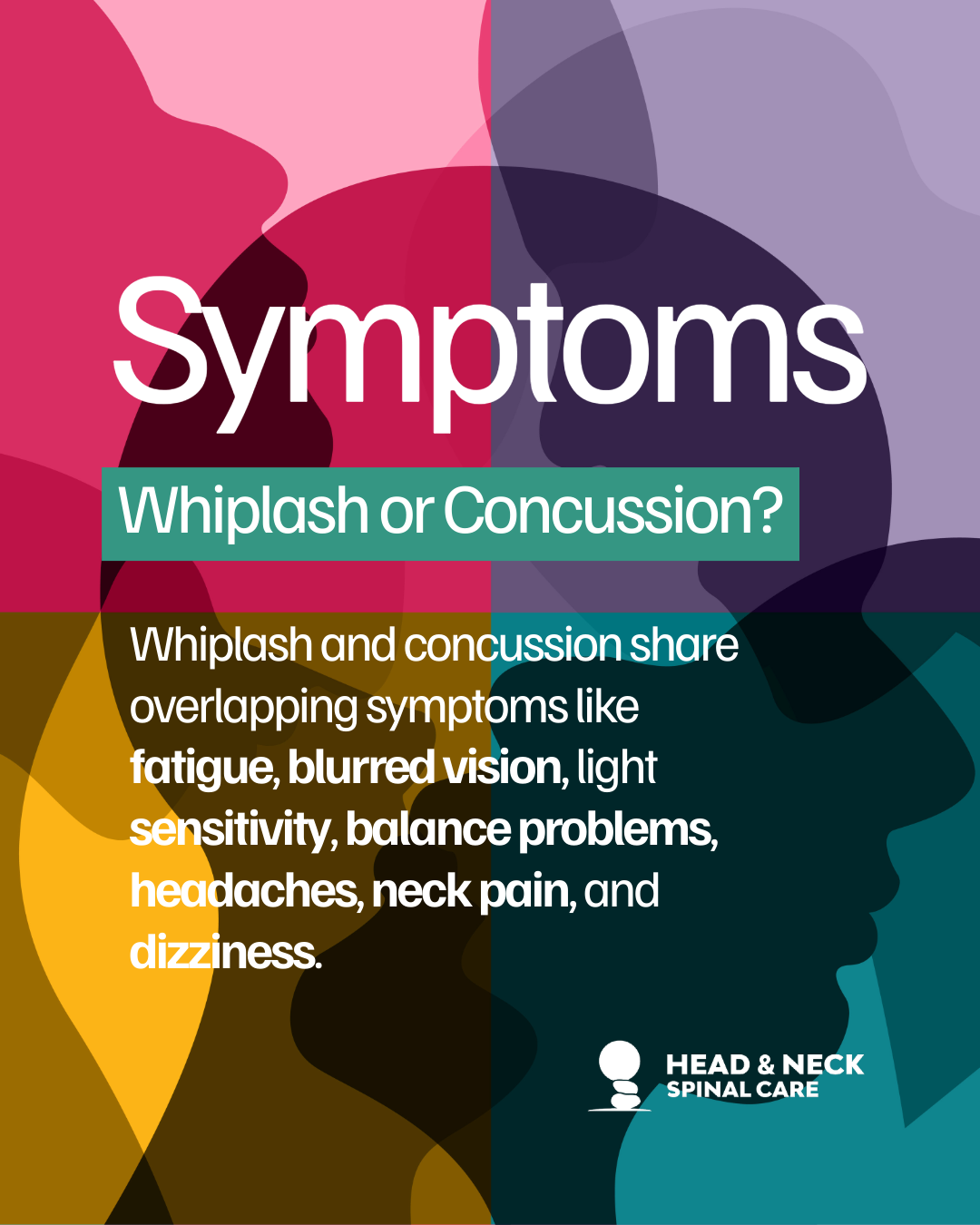Migraines, more than just pain, are nerve alerts.
Many people experience headaches at some point in their lives. While most headaches come and go, but those that are frequent and painful enough to disrupt your daily routine shouldn’t be taken lightly. Even if a headache is mild and you initially choose to take a painkiller to alleviate the discomfort, it’s important to note that that prolonged use of painkillers can result in chronic headaches that no longer respond effectively to such medications.
Migraine, how is it different from a headache?
Migraines are classified differently from headaches, which come and go. It’s a recurring headache characterized by throbbing, pulsating pain, usually on one side of the head. These migraines can be accompanied by motion sickness, dizziness, and vomiting; sensitivity to light, sound, and smells; and even blurred or distorted vision. It’s generally understood that symptoms can last an average of 4 to 72 hours, but it varies from person to person. Many people experience headaches that go away within an hour, but it’s not uncommon for people to experience extreme fatigue and be unable to do much of anything throughout the day.
Why do migraines happen and to whom?
Migraines are commonly believed that they are caused by the inflammation around the blood vessel in the brain, particularly where the meninges are located. Affecting over 12% of the U.S. adult population, migraines are notably three times more prevalent in women than men. Migraines often run in families and can begin as early as elementary school, but it is generally believed that most migraines begin in early adulthood. However, practical observations reveal that migraines can impact individuals across various age groups.
Unlike common pain, migraines are known to be a neurological condition that can be frightening and disabling for many people. As such, migraines are a top reason to see a neurologist, and it’s important for those who experience them to get tested to rule out other potential causes. While migraines have long been thought to be caused by inflammation of blood vessels in the brain, newer research suggests that the problem may lie in the central nervous system rather than the blood vessels. While we don’t know the exact cause, it’s thought to be a combination of genetic and environmental elements.
When you look at the symptoms that accompany migraine, they are similar to those that occur when there is a problem in the brainstem. The primary categories impacted are visual, sensory, and speech. People who suffer from migraines often experience visual disturbances in one eye, numbness and tingling in the arm or face, and speech and language impairment, which can be very frightening.
What can I do when I have a migraine?
Treatment for migraines is aimed at relieving symptoms and preventing further recurrences. To do this, it’s important to get the most effective treatment possible when the pain is mild, rather than waiting to see how severe it gets.
It’s important to avoid external stimuli such as sound, light, smells, and stress as much as possible when you have a migraine. To temporarily relieve your symptoms when you have a migraine, you can take the following steps.
To manage migraines, the focus is on easing symptoms and warding off future episodes. Starting treatment when the pain is still manageable, rather than waiting to see its intensity, can be more effective. When grappling with a migraine, it’s crucial to steer clear of triggers like loud noises, bright lights, strong odors, and stress. For temporary relief during an episode, consider the following measures.
- Take a nap or rest in a quiet, dark room with your eyes closed.
- Place a cool cloth or ice pack on your forehead.
- Drink lots of fluids if vomiting is involved
Upper Cervical Chiropractic for Migraine Sufferers
The human neck comprises seven cervical vertebrae. At the very top, the vertebra connecting your head to your neck is termed the upper cervical vertebra. When misaligned or imbalanced, it can disrupt the central nerves passing through, potentially leading to various health concerns. A study published by the National Upper Cervical Chiropractic Association observed 11 migraine patients who underwent upper cervical chiropractic treatment. Remarkably, 10 out of these 11 participants reported a notable decline in both the frequency and severity of their migraines over a month. This non-invasive, drug-free approach to treating neurological migraines has proven beneficial, enhancing many individuals’ overall well-being. If migraines are affecting your daily activities, it might be worthwhile to consider an evaluation of your upper cervical spine.
Wontaek Hwang, DC
NUCCA Chiropractor
Head & Neck Spinal Care
401 S Milwaukee Ave, Suite 210
Wheeling, Illinois 60090
(847) 479-5003




